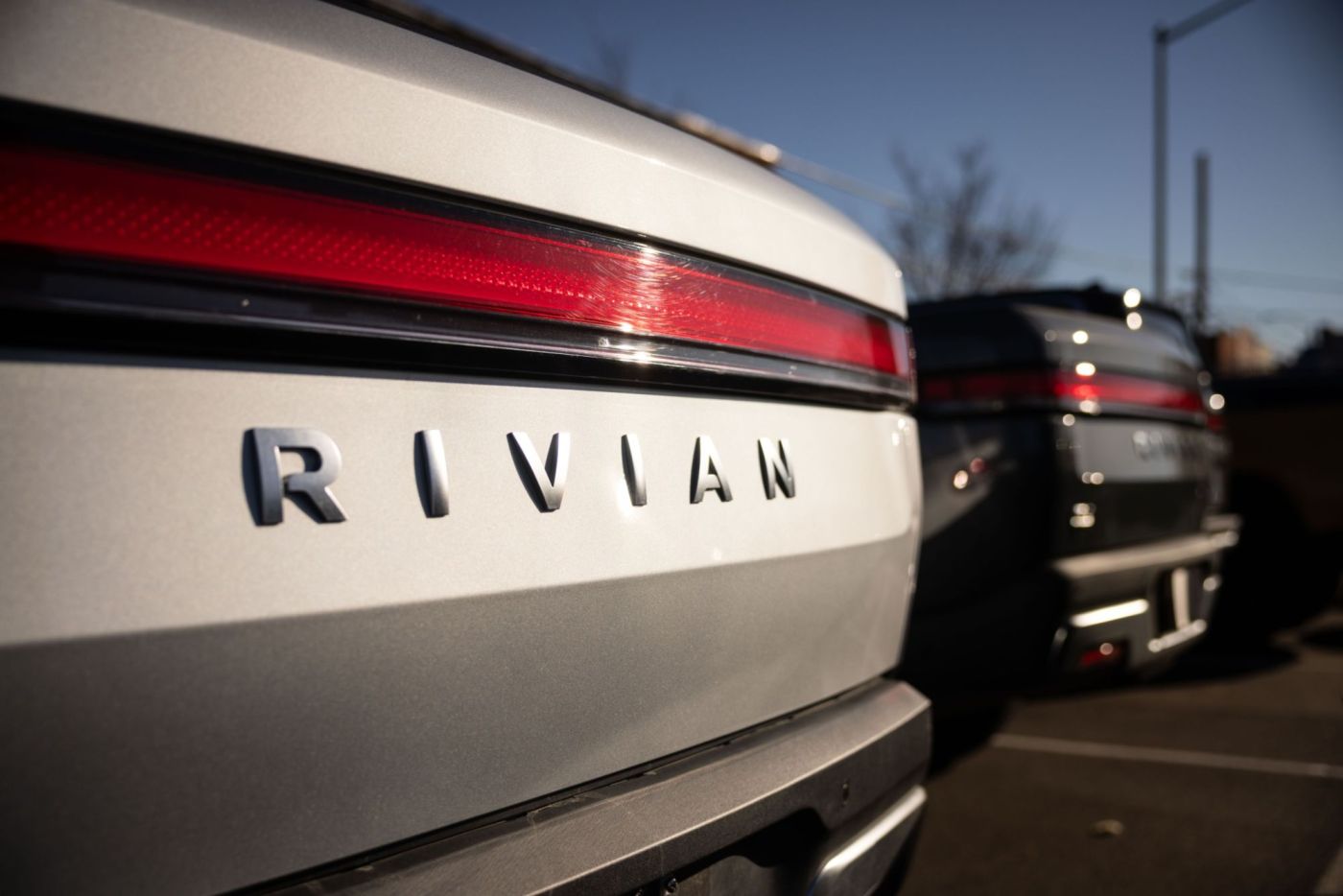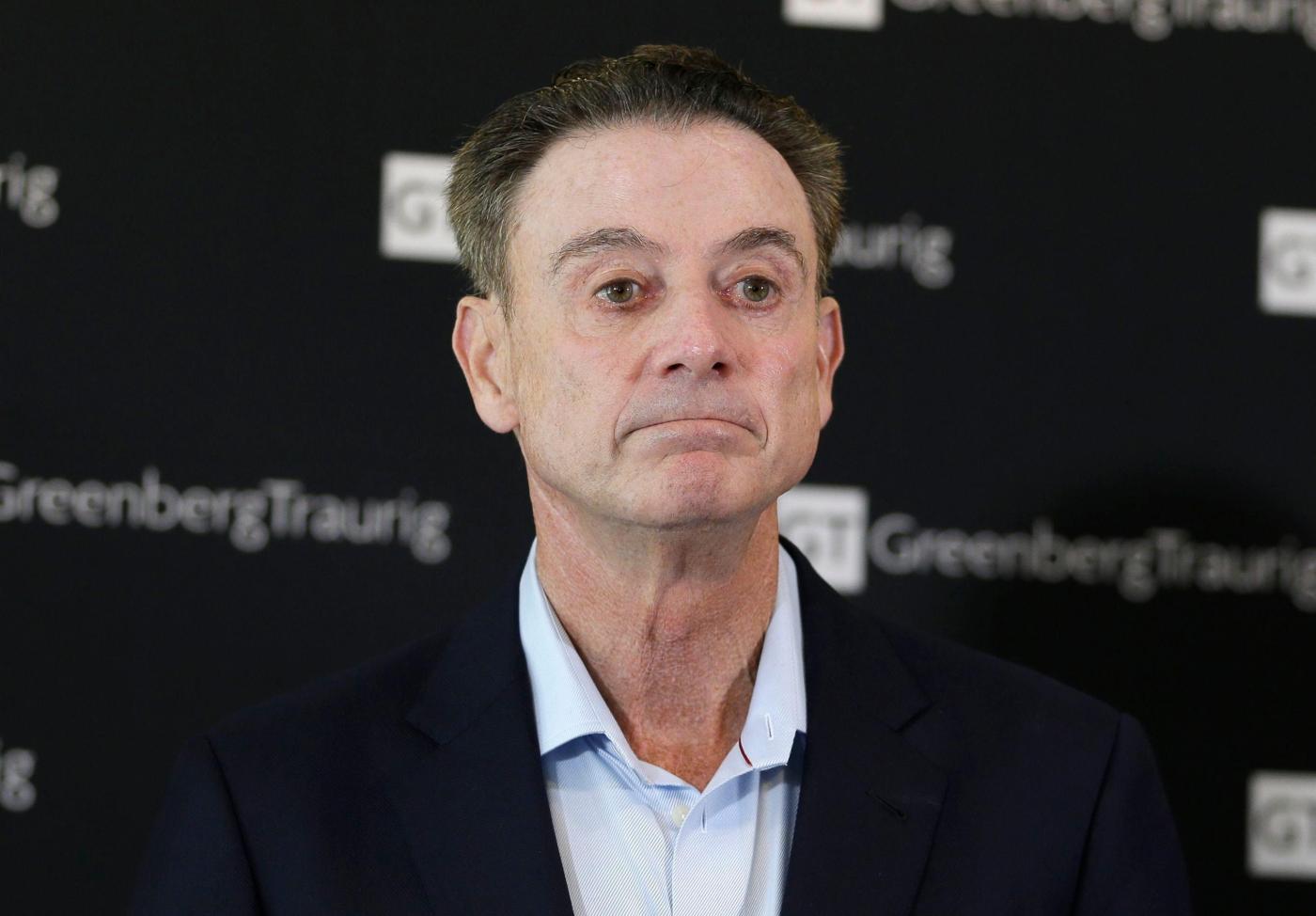(Bloomberg/Chester Dawson) — Rivian Automotive Inc. expects to draw on a $6.6 billion US government loan after building a new plant in Georgia but before starting production in 2028, according to its chief financial officer.
CFO Claire McDonough said the electric-vehicle maker anticipates starting construction on the factory next year and seeking reimbursement from a US Department of Energy loan once it’s completed. “It’d be prior to starting production in 2028 that we’d be drawing down the loan,” she told reporters Tuesday in Detroit.
The loan was finalized in January during the waning days of President Joe Biden’s administration, but President Donald Trump has been critical of that type of government financing. Energy Secretary Chris Wright in May said his agency doesn’t plan to move forward with billions of dollars worth of Biden-era loans.
Related Articles
Nvidia just became the world’s first $5 trillion company.
Meta, Applied Materials reveal plans for Bay Area layoffs
Nvidia CEO prepares to unveil AI deals with Samsung, Hyundai
Amazon cuts 14,000 corporate jobs as spending on artificial intelligence accelerates
Nvidia to invest $1 billion in Nokia in AI networking push
Rivian’s plan to request funding via the loan in 2028 would come in the next US presidential election year.
Its shares were little changed in early trading Wednesday, rising 0.6% to $13.58 as of 9:35 a.m. in New York. The stock is up about 2% this year.
The Irvine, California-based company is set to begin manufacturing its next-generation R2 model at an existing plant in Normal, Illinois, from 2026 and then expand output of that EV and a future vehicle called R3 at the new facility in Georgia. Rivian applied for the federal loan last year after having paused plans to construct its second factory in a cost-saving move.
McDonough reaffirmed Rivian’s goal of hitting a measure of operating profit by 2028 once its Illinois plant reaches full production capacity of 200,000 vehicles a year.
“Ramping up the Normal facility to 200,000 would get us to Ebitda,” she said, referring to earnings before interest, taxes, depreciation, and amortization.
In August, the company forecast an adjusted loss on an Ebitda basis of as much as $2.25 billion for this year.
(Updates fifth paragraph with opening shares. An earlier version of this story corrected the headline.)
More stories like this are available on bloomberg.com
©2025 Bloomberg L.P.





